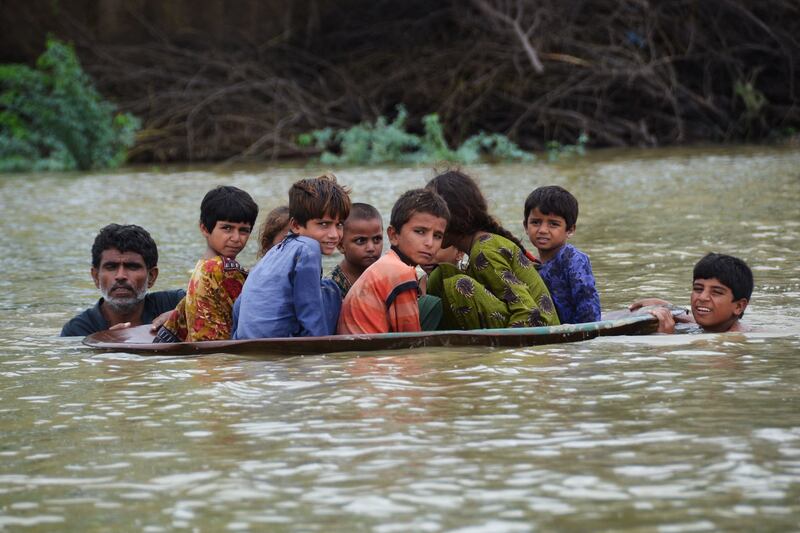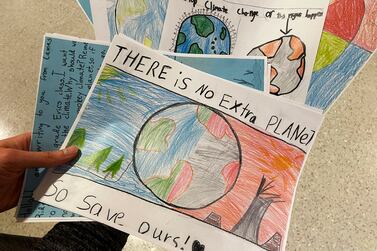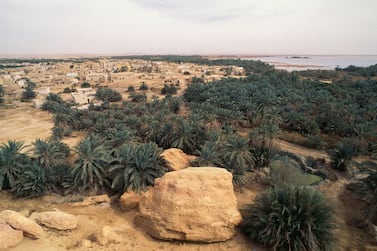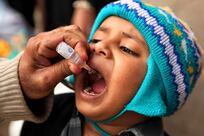Extreme weather events are followed, inexorably, by extreme health events. That’s the lesson of the historic flooding in Pakistan that struck 33 million residents and submerged a third of the country last year due to unusually heavy monsoon rains and melting glaciers following a severe heat wave – both the direct results of climate change.
The flood itself briefly dominated global news feeds and charity appeals with scenes of internally displaced “climate refugees” floating their children in makeshift rafts and hoisting their most sacred belongings overhead as they forded a river with no visible shores.
But just as the floodwaters began to recede and the 24-hour news cameras blinked, an equally devastating slow-motion health disaster unfolded. Contaminated drinking water led to spikes in cholera and acute diarrhoea (more than 90,000 cases in a single day in one hard-hit province). Ideal conditions for mosquito breeding resulted in outbreaks of malaria and dengue, causing a 350 per cent surge in infection rates in places.
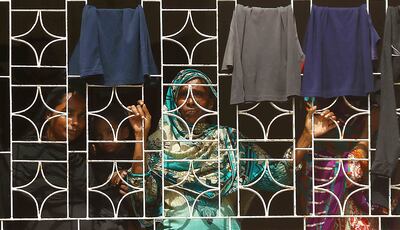
Routine health challenges became life-threatening as disruptions to health centres, supply chains and emergency transport made routine healthcare delivery nearly impossible.
The Lancet Countdown 2022 report calls climate change “the greatest threat to global health this century”. But this bold-sounding statement may actually understate the urgency of the case: climate change is killing the most vulnerable among us right now.
This week, more than 200 high-level representatives of governments, global finance institutions, NGOs, foundations and private sector partners are gathering in Abu Dhabi for the Forecasting Healthy Futures Summit, made possible by the Reaching the Last Mile Initiative, to spotlight health solutions in the context of climate change. The organisers aim to show that health interventions are among the “best buys” for climate adaption spending.
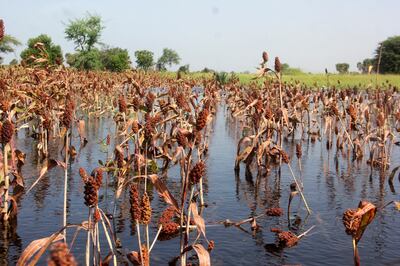
It’s not just extreme weather events that put human health at risk. So called “slow-onset” climate conditions are creating an epidemic of pulmonary disease, extending the altitude and latitudes of vector-borne disease, intensifying heat stress, and putting new pressures on already frayed health systems.
These impacts are all the more troubling because the 3.3 billion people the Intergovernmental Panel on Climate Change deems “highly vulnerable to effects of climate change” – overwhelmingly low- and middle-income countries in the Global South – have contributed the least to the greenhouse gas emissions that cause them.
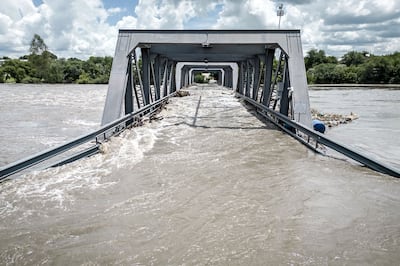
In sub-Saharan Africa, floods have increased tenfold, severe storms quadrupled, and droughts tripled since the 1970s – twice as fast as for the rest of the world. After decades of historic declines in global poverty levels, the World Bank estimates that climate change will drive as many as 100 million people into extreme poverty by 2030, led by Africa and South Asia. According to the report, it is the health impacts of climate change that push “the largest number of people into extreme poverty”.
At Cop27 last year, the first in Africa, the world committed to creating a “loss and damages” fund to compensate countries most adversely effected by climate change. The World Bank has set the goals of spending 35 per cent of its total financing for climate action, and 50 per cent of its most concessional funding for climate adaptation and resilience in developing countries. Cop organisers aim to double “climate adaptation” finance for the Global South to $40 billion by 2025. Yet, in 2021, only 5.6 per cent of climate adaptation spending was being directed south.
Practical and scalable solutions already exist – and they can save lives and protect human health from the adverse effects of climate change on a mass scale immediately. But only if we invest in them.
Imagine if you could reverse and replay the flood in Pakistan, only this time with the right health-protecting measures in place. The flood itself would still be devastating. But in-line water chlorination interventions (now being pioneered in neighbouring India) could have helped safeguard drinking water to prevent cholera and diarrhoea. Seasonal malaria chemoprevention could have ensured that children and pregnant women were protected from the increased malaria risk caused by the flooding. Treating mosquito populations with the Wolbachia bacteria, which reduced dengue cases by 77 per cent in a randomised control trial in Indonesia, may have stopped the dengue outbreak before it started.
Sceptics will argue the world can’t afford these investments in the face of so many competing climate priorities. Adaptation spending on health is not an excuse for inaction on the causes of climate change, but we should simultaneously invest in protecting critical human capital and health infrastructure, starting with the people who are highly vulnerable.
The interventions highlighted above are cheap, scalable and effective. They cost just a few dollars to protect an entire household. They can be precisely targeted using data-driven prediction and planning tools to reach the communities and demographic groups who need them most. Best of all, they would produce massive health benefits long after a severe weather event occurs (or before it materialises), ensuring no dollar is wasted.
The health risks of climate change are getting worse, as Pakistan vividly demonstrated. But the solutions are getting better, and the time to invest is now. Cop28, taking place this December in Dubai, can leave a legacy by putting human health at the centre of climate investment. How can we afford not to?
